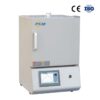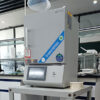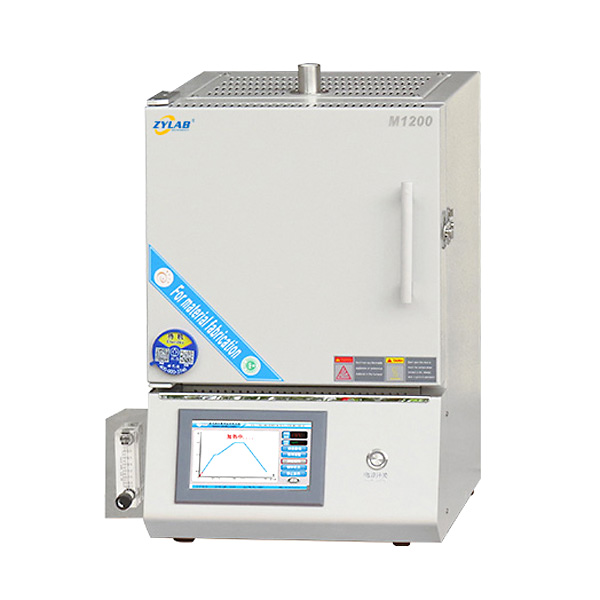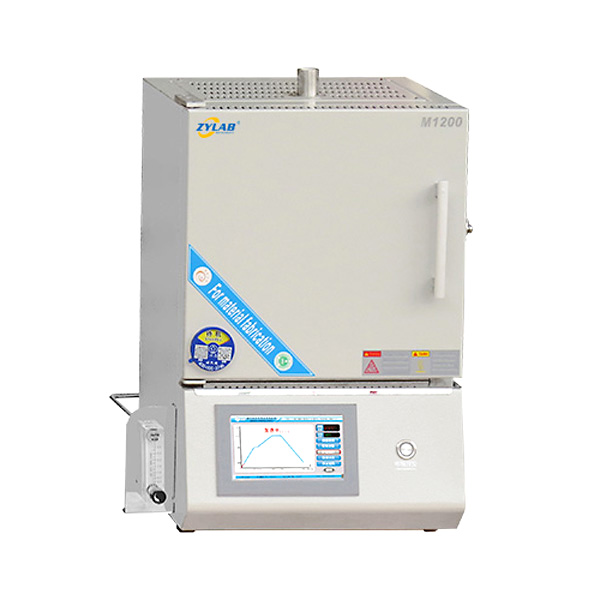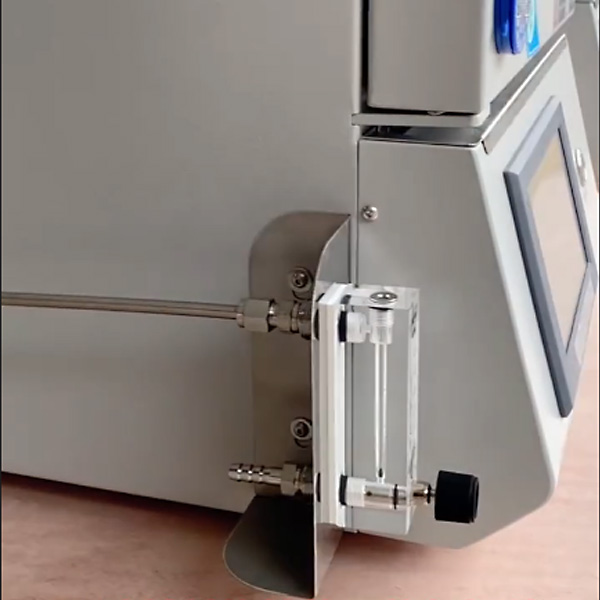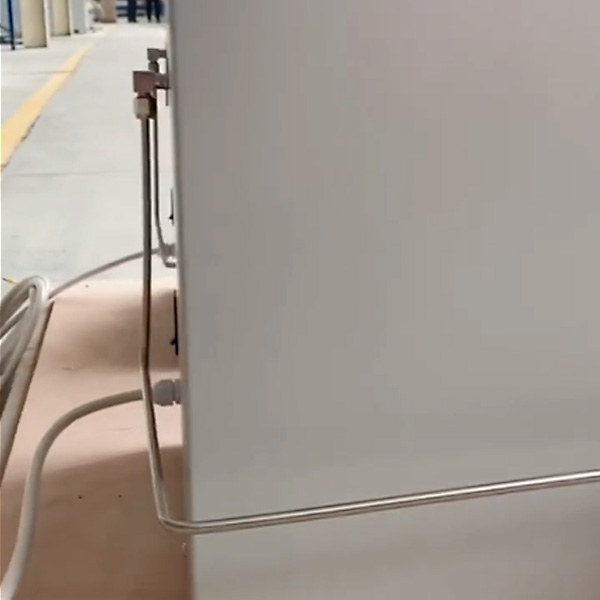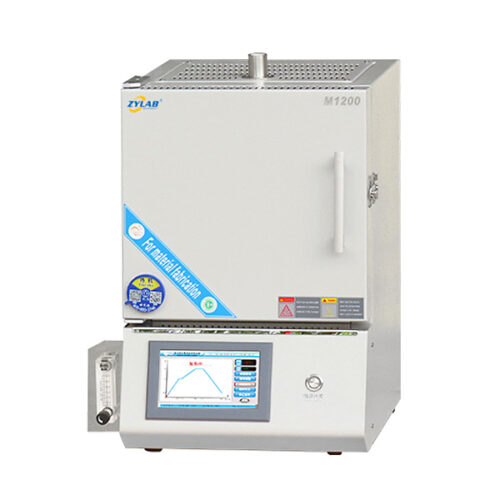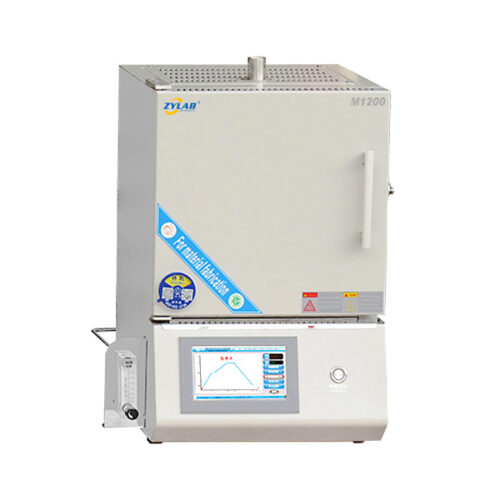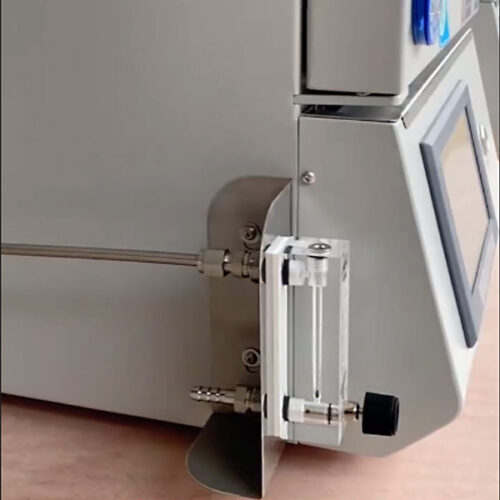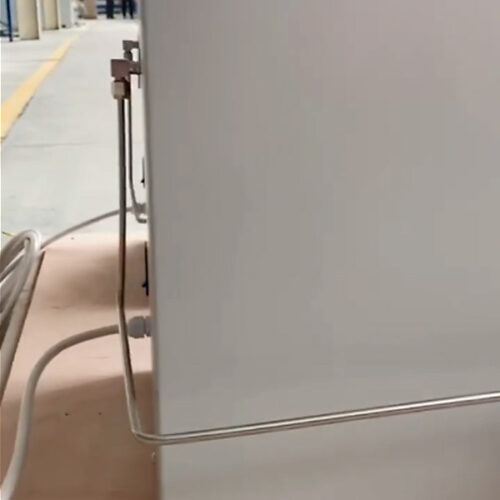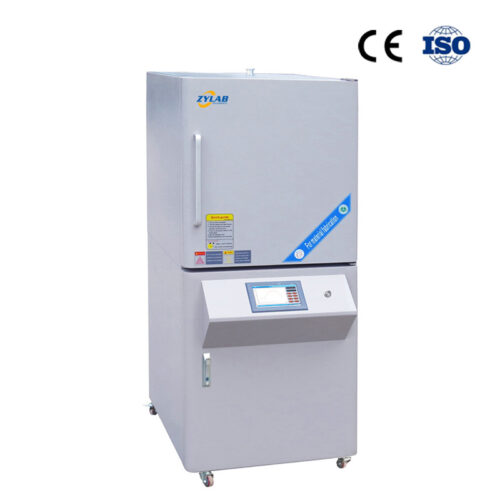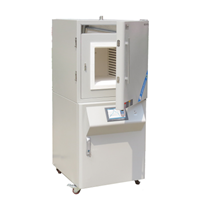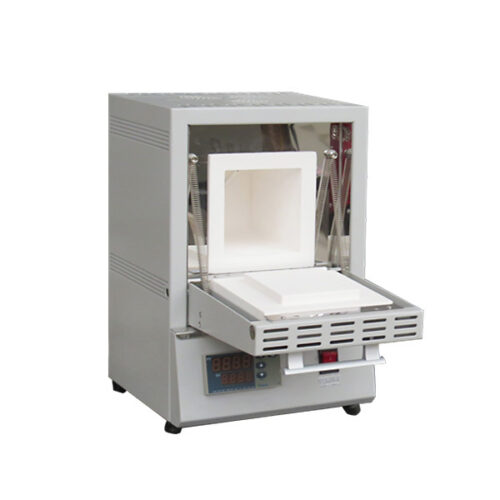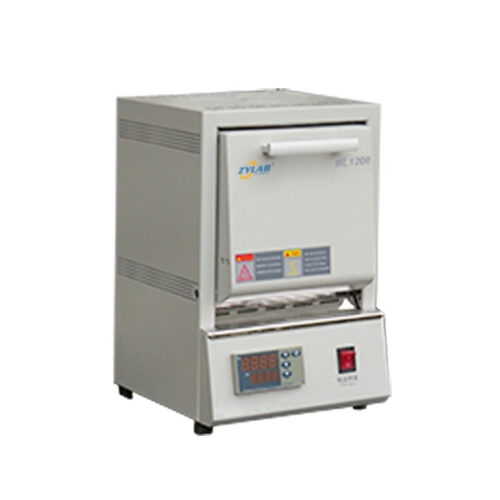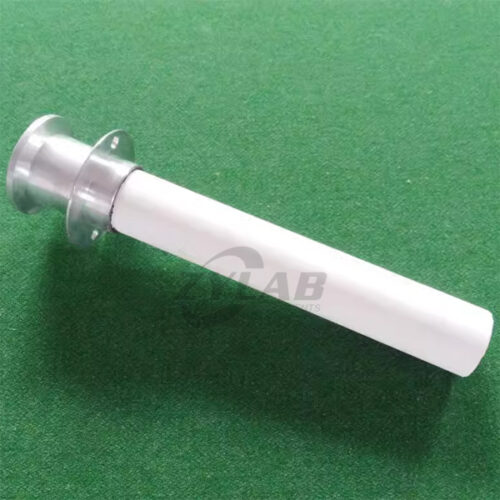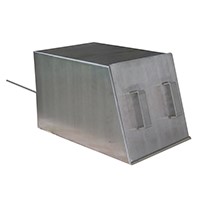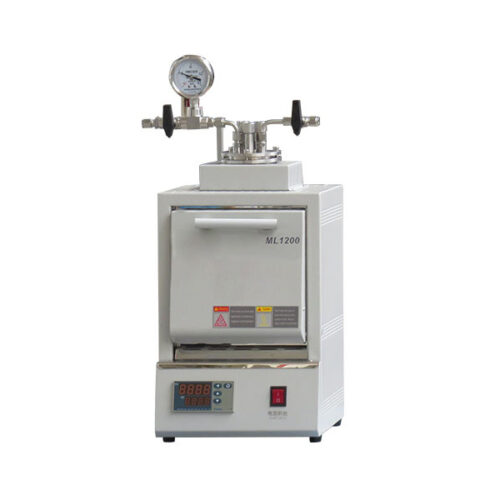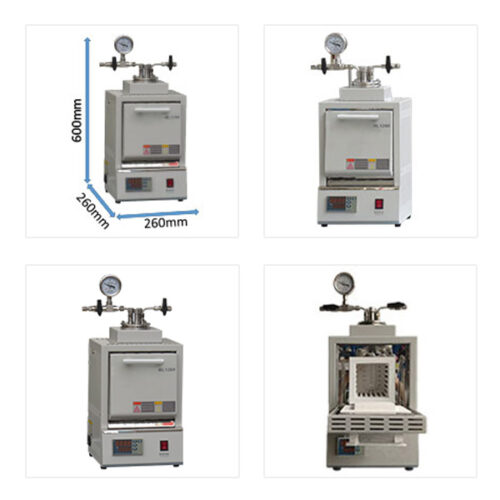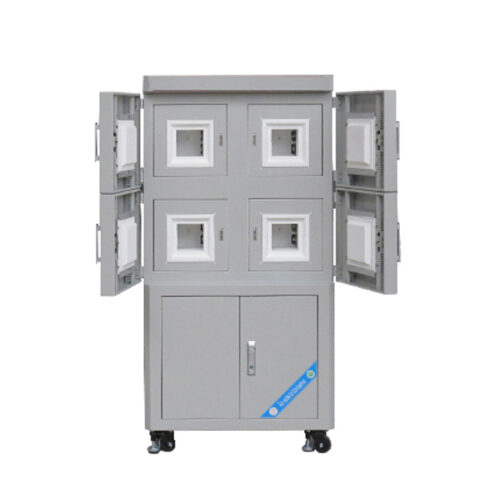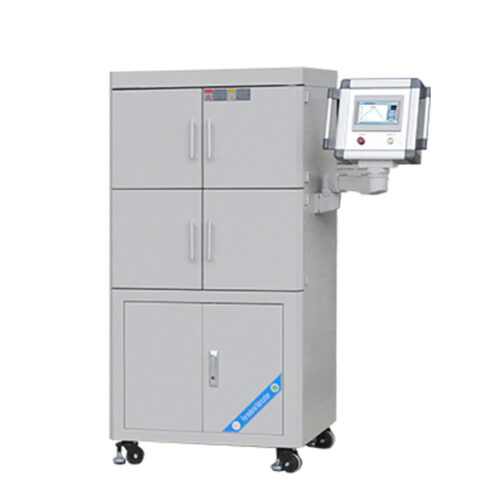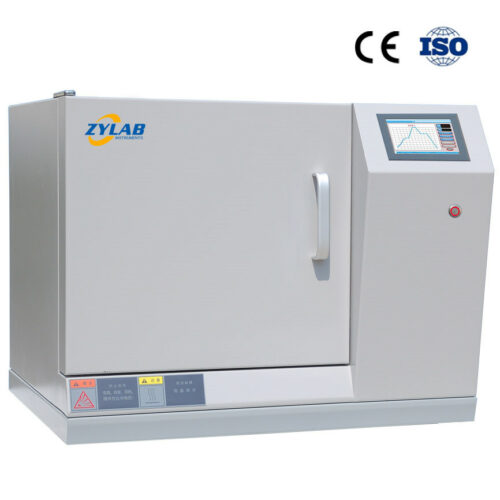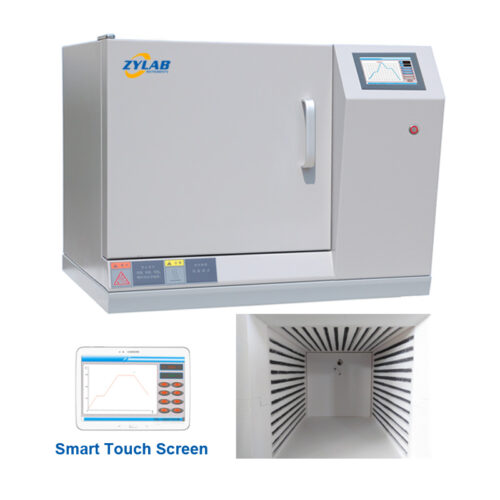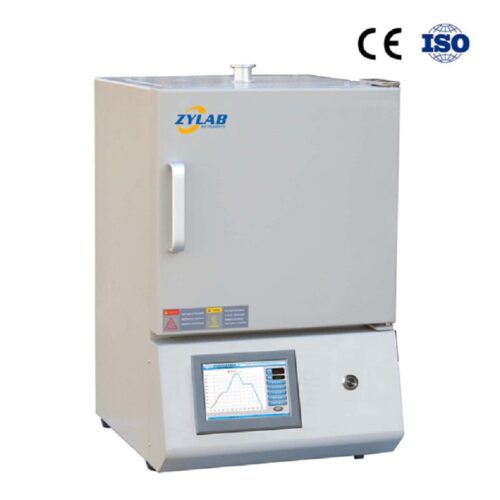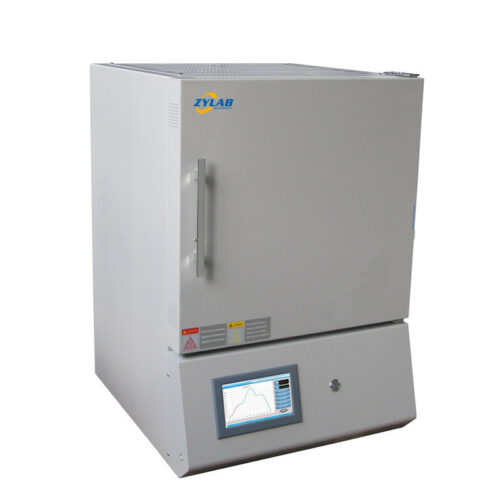Customized 1200.C Box Furnace with Atmosphere Control System
Introduction:
The 1200.C box furnace with atmosphere control system can introduce inert gas protection or accelerate exhaust gas emission.
Features and Benefits:
1. Max. Temperature 1200.C, working temperature RT-1100C.
2. Intelligent 7” color touch screen temperature controller, easy to operate, clear heating process; can store temperature curve to avoid the trouble caused by repeated settings of different experimental processes. Bilingual interface for perfect user experience.
3. 51 segments programmable and auto control.
4. Modular structure, durable and easy to maintain.
5. Ceramic fibre furnace chamber, to ensure a fast heating rate, and save power.
6.Inorganic refractory materials, safe and environmentally friendly.
5. Utilizing high-purity heating elements, products are protected against chemical contamination at the best and longer service life.
6. Vent port carefully designed is the perfect solution to the waste gas during material sintering. And come with atmosphere control system, can introduce inert gas protection or accelerate exhaust gas emission during sintering.
7. Double layers steel casing with fan cooling, to ensure the surface of furnace below 50.C, safety for the operator.
8. Low power consumable, exquisite structure and light weight, it is the ideal high temperature box furnace for material research labs, also used in factory production.
Technical Parameters:
| Model | M1200-15IT |
|
Furnace structure |
•1430 type high purity ceramic fibre insulation (energy saving 40% and weight lighter about 30% than old furnace); • Double layers steel casing with fan cooling, to ensure the surface of furnace below 50.C. |
| Chamber size
(working space) |
150*150*200mm(4.5L)
Optional sizes: 100*100*100mm(1L) 200*200*300mm(12L) 300*300*400mm(36L) 400*400*500mm(80L) Other sizes can be customized as required. |
| Max. temperature | 1200.C(<1 hours)
(Also supply 1500.C and 1700.C) |
| Working temperature | 1100.C(continuing) |
| Intelligent Touch Screen
Temperature controller |
•PID automatic control and auto-tune function. •51 programmable segments for precise control. •Built in protection for over-heated and broken thermal couple, and leakage. •Centralized control 7” color LCD touch screen man-machine English graphics interface, clear heating process, more intuitive and convenient operation.•.Can store 15 sintering programs to avoid the trouble caused by repeated settings of different experimental processes. |
| Heating rate | 0-20 ℃ /min |
| Thermocouple | K type |
| Temperature accuracy | +/- 1 ℃ |
| Heating element | Top quality resistance wire |
| Working voltage | AC 208 – 240V, 50/60 Hz (as required) |
| Max. Power | 3Kw |
| Dimension | 390(W)*600(H)*430(D)mm |
| Quantity / Net weight | 1set / 40kgs |
| Warranty | 12 months(not including consumable parts, such as heating elements, thermocouple), lifetime support. |
| Certificate | CE, ISO9001 |
Which kinds of industry can use this Box Furnace?
College & Universities, Scientific Research, New Material Research, Chemistry, Medicine, Coal Mining, Metallurgy, Electronics, Ceramic, etc.
Applications of Box Furnace:
Here are some common applications of box furnace:
Materials Research and Development:
Used for studying the properties of various materials at high temperatures, including ceramics, metals, and alloys. Researchers can investigate phase transformations, thermal stability, and microstructural changes.
Sintering:
The furnace is employed in the sintering process to compact and bond particles of a material together at elevated temperatures, improving density, strength, and other properties.
Heat Treatment:
Commonly used in metallurgy for heat treating metals and alloys to modify their properties, such as hardness, toughness, and electrical conductivity. Processes include annealing, tempering, etc.
Powder Metallurgy:
Utilized for sintering metal powders to produce solid components with intricate shapes and structures. Powder metallurgy applications include manufacturing of gears, bearings, and cutting tools.
Ceramics Processing:
Ideal for firing ceramic materials to achieve desired properties such as strength, hardness, and porosity. Applications include manufacturing of tiles, bricks, and advanced ceramics used in electronics and aerospace.
Crystal Growth:
Used in crystal growth experiments to produce single crystals of materials such as silicon, gallium arsenide, and quartz. High-temperature conditions provided by the furnace facilitate the controlled growth of crystals with specific properties.
Thermal Decomposition Analysis:
Employed in laboratories for thermal decomposition studies, such as thermogravimetric analysis (TGA), where samples are heated to analyze weight loss and chemical changes.
Ashing:
Used for ashing organic samples to determine the ash content and composition. Ashing involves heating samples to high temperatures in a controlled atmosphere to combust organic matter, leaving behind inorganic residues.
Environmental Testing:
Applied in environmental science and analysis for various applications, including testing soil samples, analyzing pollutants, and studying biomass decomposition.
Quality Control in Manufacturing:
Employed in industries such as aerospace, automotive, and electronics for quality control testing of materials and components to ensure reliability, consistency, and performance.
Educational Purposes:
Used in educational institutions for teaching materials science, chemistry, and engineering concepts related to high-temperature processes and laboratory techniques.
For More Options on Box Furnaces(Muffle Furnaces/Chamber Furnaces)
Please visit our website [Muffle Furnaces Collection]

